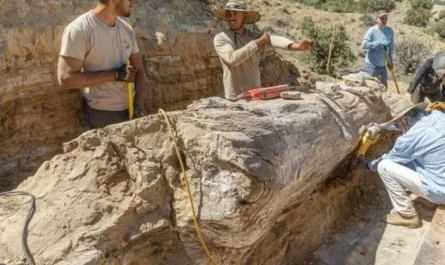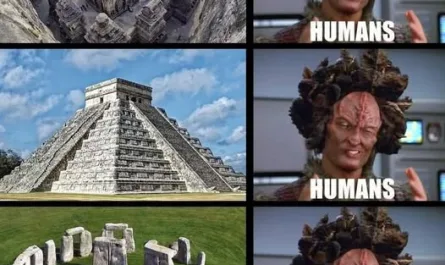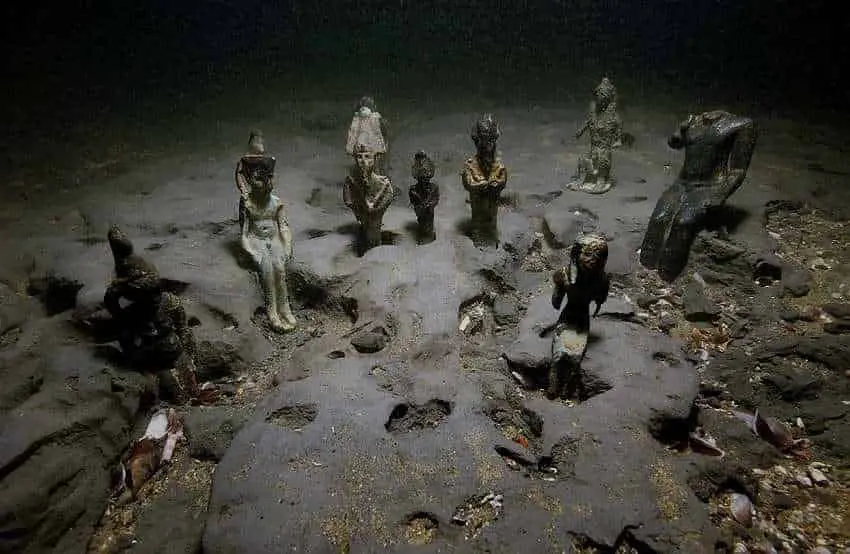A 19th-century photograph of a massive, intricately carved stone block from the Baalbek temple complex in Lebanon has sparked intrigue and debate among historians and alternative theorists. Lying on the ground after falling from its original position high above the temple entrance, the block features a geometric pattern that some claim resembles mandalas, solar wheels, or cosmograms from diverse cultures like Africa, India, and Mesopotamia. This image, capturing a moment in time, raises questions about the block’s origins, how it fell, and whether it hints at a lost global symbology or recycled civilizations. While mainstream archaeology attributes it to Roman craftsmanship, the photograph’s evocative scene invites exploration of the site’s layered history.
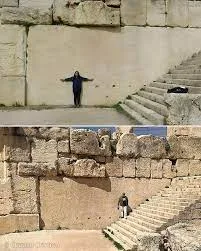
The Photograph and the Stone
The photograph, likely taken by pioneers like Félix Bonfils or Francis Bedford during the 1860s–1880s, shows a fallen lintel or pediment block from the Temple of Jupiter at Baalbek, a Roman site in the Beqaa Valley. The block, made of limestone, lies on the ground amid ruins, its surface adorned with a circular rosette or floral motif surrounded by geometric borders. These patterns, common in Roman architecture, consist of interlocking circles, petals, and vines, creating a symmetrical design that alternative theorists compare to mandalas (Sanskrit for “circle”) from India, solar symbols from Mesopotamia, or Kongo cosmograms from Africa—circular diagrams representing the universe with cross motifs.
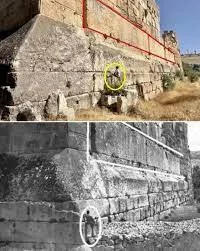
The block’s original placement high above the temple entrance, possibly as part of a frieze or entablature, would have contributed to the monument’s grandeur. Its fall, likely due to earthquakes (Baalbek lies on a fault line), left it on the ground, where 19th-century explorers documented it. The photograph’s composition, with the block foregrounded against the temple’s columns, emphasizes its scale and detail, evoking a sense of mystery and lost knowledge.
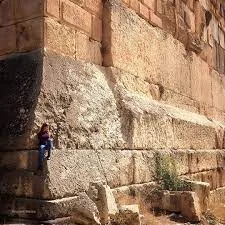
Baalbek’s Historical Layers
Baalbek, ancient Heliopolis, has a history spanning millennia. Pre-Roman settlements date to 9000 BCE, with Phoenician temples to Baal (a storm god) built around 2000 BCE. The Romans, under Augustus, expanded the site from 15 BCE, creating the largest temple complex in the empire. The Temple of Jupiter, with its 20-meter columns and massive podium of megalithic stones (some weighing 800 tons), reflects Roman engineering, but the podium’s origins are debated—possibly Phoenician or even older, as suggested by alternative theories.
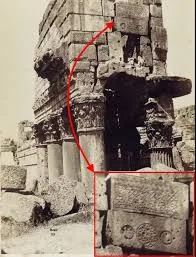
The carved block’s Roman-style rosettes and acanthus leaves align with imperial aesthetics, but its “mandala-like” pattern fuels speculation. Mandalas in Indian architecture symbolize cosmic order, while Mesopotamian rosettes adorn palaces like Nineveh, and African cosmograms represent life cycles. A shared motif could indicate cultural exchange via trade routes, not a lost global civilization. The block’s complexity, compared to the temple’s Roman design, prompts questions about “recycled” elements—Romans often built on older sites, incorporating pre-existing stones.

How Did It Fall?
Earthquakes are the likely culprit. Baalbek has endured multiple quakes, including devastating ones in 551 CE and 1759 CE, which toppled columns and blocks. The 1759 event, magnitude 7.4, destroyed much of the temple, scattering carved stones like the one in the photo. Erosion and structural instability may have contributed, but no evidence supports deliberate destruction or mysterious forces.

OOPART or Cultural Convergence?
Alternative theories, inspired by writers like Zecharia Sitchin, view the block as evidence of ancient advanced civilizations or extraterrestrial influence, with the pattern a universal symbol of lost knowledge. However, mainstream archaeologists see it as Roman artistry influenced by Hellenistic and Eastern motifs, reflecting Baalbek’s role as a cultural crossroads. Similar patterns across regions likely arose from shared human symbolism—circles representing the sun or eternity—rather than a single lost source.

The photograph, part of 19th-century Orientalist documentation, captures Baalbek’s ruins before modern restoration, fueling romantic notions of “forgotten” civilizations. Today, the site is a UNESCO World Heritage candidate, with blocks like this preserved in situ or museums.
Lessons from the Past
Like the Dahomey Amazons’ cornrow maps or the Coso Artifact’s mystery, the Baalbek block teaches ingenuity in interpreting history. Its patterns, bridging cultures, inspire cultural exchange and critical thinking, urging us to embrace diverse narratives while grounding claims in evidence.
The fallen carved stone of Baalbek, immortalized in a 19th-century photograph, is a bridge between past and present. Whether Roman relic or symbol of lost worlds, it invites us to question, explore, and appreciate the layers beneath our feet.


